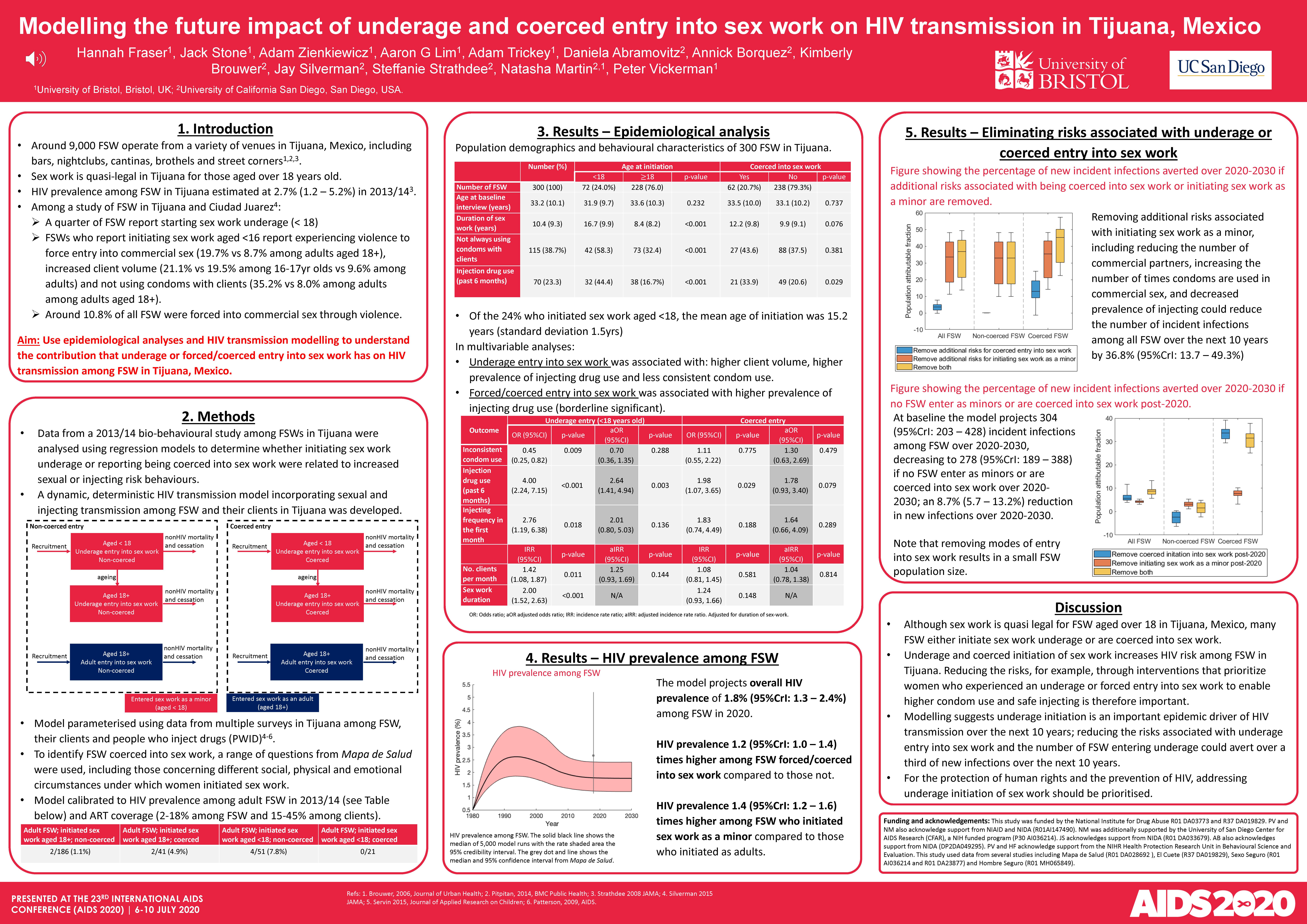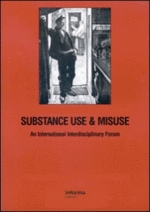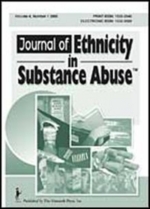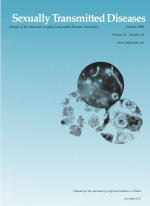Catálogo general VIH

Modelling the future impact of underage and coerced entry into sex work on HIV transmission in Tijuana, Mexico
Resumen
BACKGROUND: Some female sex workers (FSW) are initiated into sex work underage (<18), or are forced/coerced, likely increasing their vulnerability to exploitation, violence and infections, including HIV. We undertake epidemiological analyses and HIV transmission modelling to understand the potential contribution that underage or forced/coerced entry into sex work has on HIV transmission among FSW in Tijuana, Mexico. METHODS: Data from a 2013/14 bio-behavioural study of FSWs in Tijuana were analysed using regression to determine whether initiating sex work underage or reporting being coerced into sex work (considered separately from underage entry) were related to increased sexual or injecting risk behaviours. A dynamic HIV transmission model amongst FSW and their clients stratified by entry into sex work (coerced/not and minor/adult at initiation) was developed. The model was calibrated to HIV prevalence estimates among adult FSW who initiated as non-coerced adults (1.1%; 95% confidence interval [95%CI]:0'3.8%), coerced adults (4.8%; 95%CI:0.1'16.5%), non-coerced minors (7.8%; 95%CI:2.1'18.9%) and coerced minors (0%; 95%CI:0'16.1%). RESULTS: Of 300 FSW, 24% reported having initiated sex work underage, which was associated with: higher client volume (incidence rate ratio:1.42; 95%CI:1.12'1.81), higher levels of injecting drug use (IDU) (odds ratio [OR]:2.76; 95%CI:2.24'7.15) and less consistent condom use (OR:0.45; 95%CI:0.25'0.82). Similarly, 20.7% report forced/coerced entry into sex work, which was associated with higher levels of IDU (OR:1.98; 95%CI:1.07'3.65). The model projects HIV prevalence of 1.8% (95% credible interval [CrI]:1.2'2.4%) among FSW in 2020, with prevalence 1.2 (95%CrI:1.2'1.4) or 1.2 (95%CrI:1.0'1.3) times higher, respectively, if they started sex work underage or were forced/coerced into sex work. Eliminating additional risks associated with underage or coerced entry into sex work would prevent 38.6% (95%CrI:15.5'49.8%) or 3.4% (95%CrI:-0.2'7.3) of the estimated 305 (95%CrI:203-430) new infections among FSW over 2020-2030, respectively, or 41.8% (95%CrI:18.2'51.0%) in combination. CONCLUSIONS: Underage and coerced initiation of sex work increase HIV risk among FSW in Tijuana and our modelling suggests underage initiation is an important epidemic driver. For the protection of human rights and the prevention of HIV, addressing underage initiation of sex work should be prioritised.- Tema:
Autoría:
FRASER, Hannah; STONE, Jack; ZIENKIEWICZ, Adam; LIM, Aaron G.; TRICKEY, Adam; ABRAMOVITZ, Daniela; BÓRQUEZ, Annick; BROUWER, Kimberly C.; SILVERMAN, Jay; STRATHDEE, Steffanie A.; MARTIN, Natasha K.; VICKERMAN, Peter
Autoría institucional: University of Bristol; University of California San Diego
Autoría institucional: University of Bristol; University of California San Diego
Ficha bibliográfica
- Año de publicación:
- 2020
- Descripción física:
- [1] p.
- Formato:
- Folleto
- Tipo de documento:
- Coloquios y ponencias
- Notas:
- Póster presentado en la 23rd International AIDS Conference, celebrada de manera virtual del 6 al 10 de julio de 2020.
Contenidos relacionados
También te pueden interesar
-
Substance use among female sex workers in two US-Mexico border cities: associations with age of entry
-
The influence of migration in substance use practices and HIV/STI–related risks of female sex workers at a dynamic border crossing
-
Motherhood and risk for human immunodeficiency virus/sexually transmitted infections among female sex workers in the Mexico-US border region





